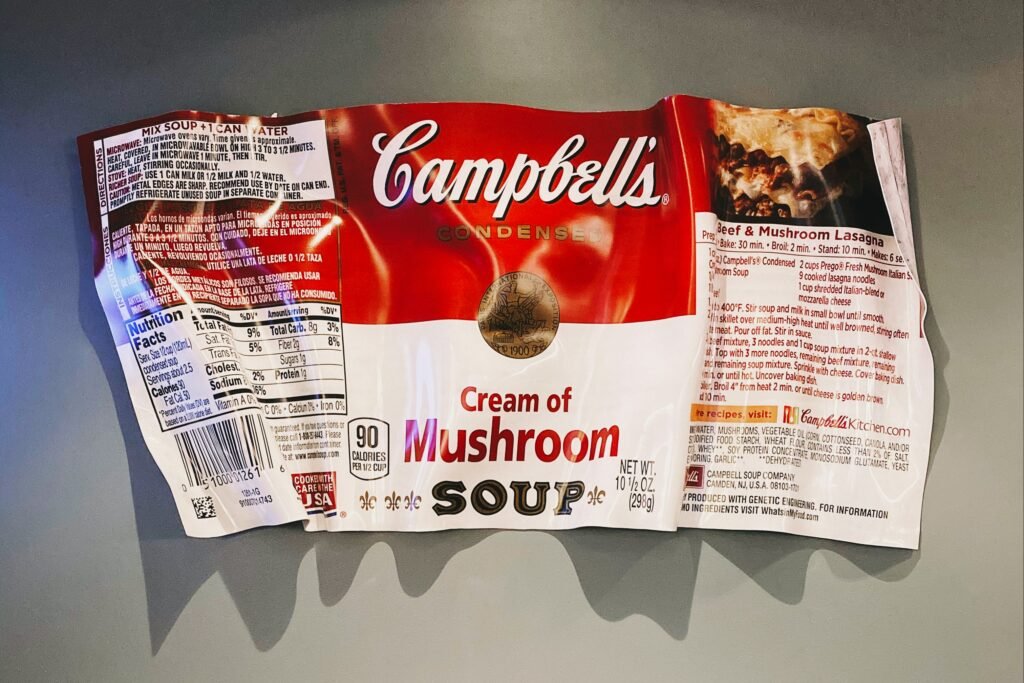
Standing in the grocery aisle, overwhelmed by labels? Don’t be! Learn how to quickly decipher food labels to make healthier choices for you and your family.
Food labels can feel like they’re written in a foreign language, packed with numbers, percentages, and terms that sound more scientific than nutritional. But here’s the truth: once you know what to look for, reading food labels becomes as easy as checking the weather.
The Two-Part System: Your Label Roadmap
Every packaged food has two critical sections that tell the complete story: the ingredients list and the nutrition facts panel. Think of them as a team, the ingredients list tells you what’s in your food, while the nutrition facts panel tells you how much of each nutrient you’re getting.
The Ingredients List: Your First Stop
The ingredients list is arguably the most important part of any food label, yet it’s often the most overlooked. Ingredients are listed in descending order by weight, meaning the first few ingredients make up the bulk of what you’re eating.
What to look for:
- Whole foods first: Look for recognizable ingredients like “whole wheat flour,” “chicken,” or “tomatoes” at the beginning of the list
- Short lists: Generally, fewer ingredients mean less processing
- Pronounceable names: If you can’t pronounce it, your body might struggle to process it efficiently
Red flags to avoid:
- Added sugars in disguise: High fructose corn syrup, maltose, dextrose, or anything ending in “-ose”
- Trans fats: Partially hydrogenated oils (even if the nutrition label says 0g trans fat)
- Excessive sodium: Sodium benzoate, monosodium glutamate, or multiple sodium-containing ingredients
The Nutrition Facts Panel: Your Numbers Game
The nutrition facts panel gives you the quantitative breakdown of what you’re consuming. Here’s how to read it strategically:
The serving size reality check: Always start here. That “low-calorie” snack might not be so low if the serving size is unrealistically small. Many packages contain multiple servings, so multiply accordingly.
Key numbers to focus on:
Added Sugars: This is your new best friend on food labels. The American Heart Association recommends no more than 25 grams per day for women and 36 grams for men. One 12-oz soda often contains 35-40 grams – nearly your entire daily limit in one drink.
Sodium: Aim for less than 2,300mg per day total. Foods with more than 400mg per serving are considered high-sodium. Your blood pressure will thank you for paying attention to this number.
Fiber: This is where you want higher numbers. Aim for foods with at least 3 grams of fiber per serving. Fiber helps you feel full, supports digestive health, and can help manage blood sugar levels.
Protein: Look for foods that provide substantial protein relative to calories. A good rule of thumb: at least 1 gram of protein per 10 calories.
Decoding the Marketing Jargon
Food companies spend millions on packaging that makes products appear healthier than they actually are. Here’s how to see through the marketing:
“Whole Grain”: Only trust this claim if “whole grain” or “whole wheat” appears as the first ingredient. “Made with whole grains” might mean there’s only a tiny amount mixed in.
“Natural”: This term is largely unregulated and doesn’t guarantee health benefits. Natural sugar is still sugar; natural sodium is still sodium.
“Low Fat” or “Fat-Free”: Often means added sugar to compensate for flavor. Check the sugar content – it might be surprisingly high.
“No Added Sugar”: Could still be packed with natural sugars or artificial sweeteners. Check the total sugar content and ingredients list.
Making It Work in Real Life
Remember, the goal isn’t to eliminate all processed foods from your life. It’s to choose the better options when you do buy them. A frozen meal with recognizable ingredients and reasonable sodium levels can be a perfectly healthy choice for a busy weeknight.
The most empowering part of learning to read food labels is realizing you’re in control. You’re no longer at the mercy of clever marketing or confusing claims. You have the tools to make informed decisions that align with your health goals and your family’s needs
Last Updated on: Sunday, July 6, 2025 3:56 pm by Sonal Gramopadhye | Published by: Sonal Gramopadhye on Wednesday, July 2, 2025 7:31 am | News Categories: News